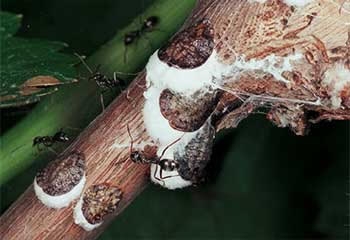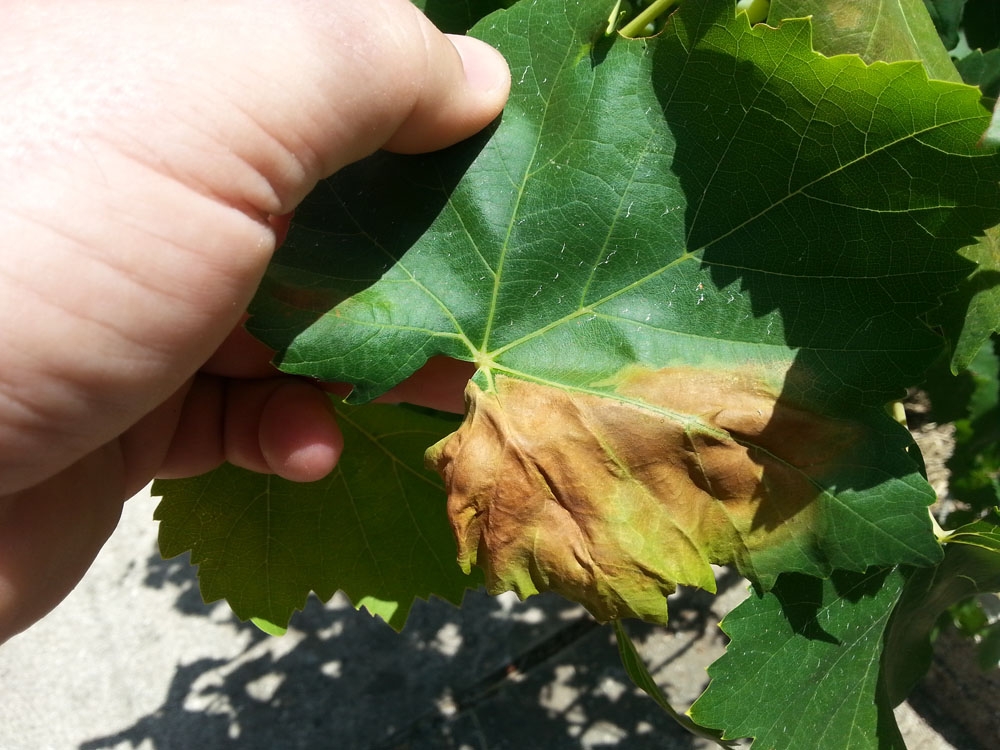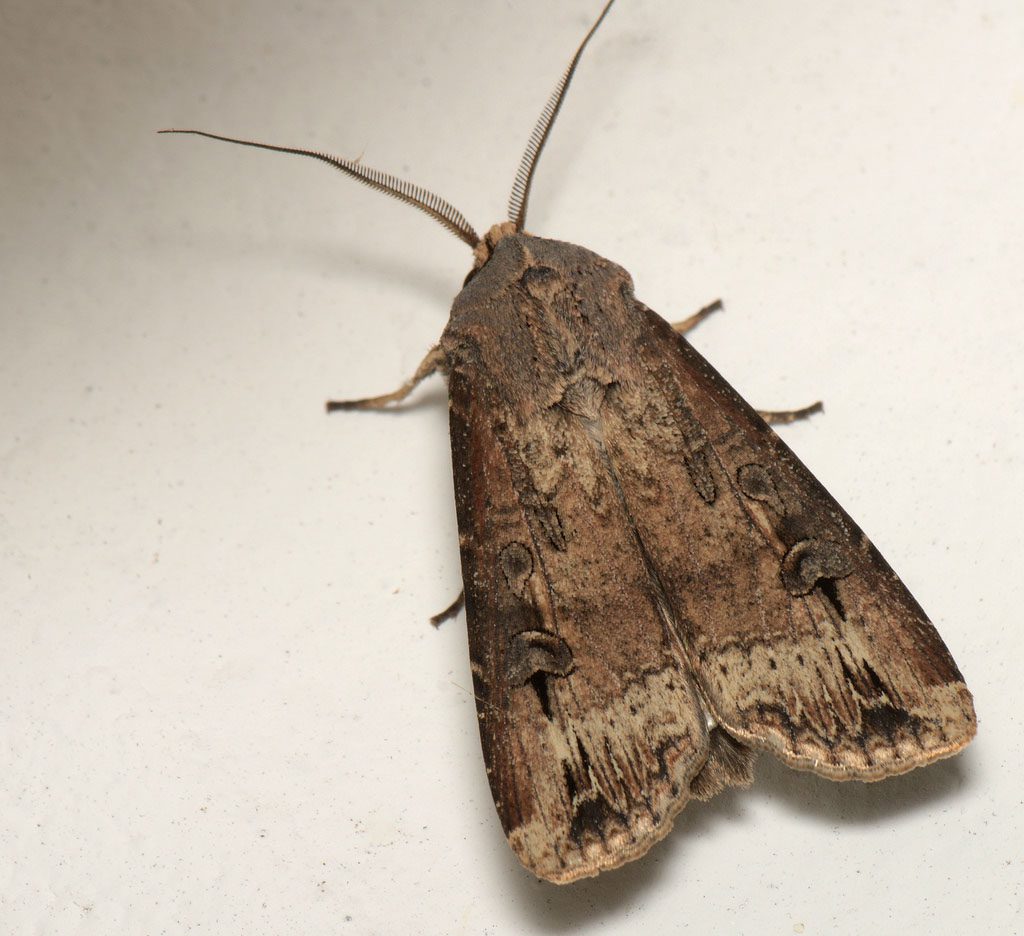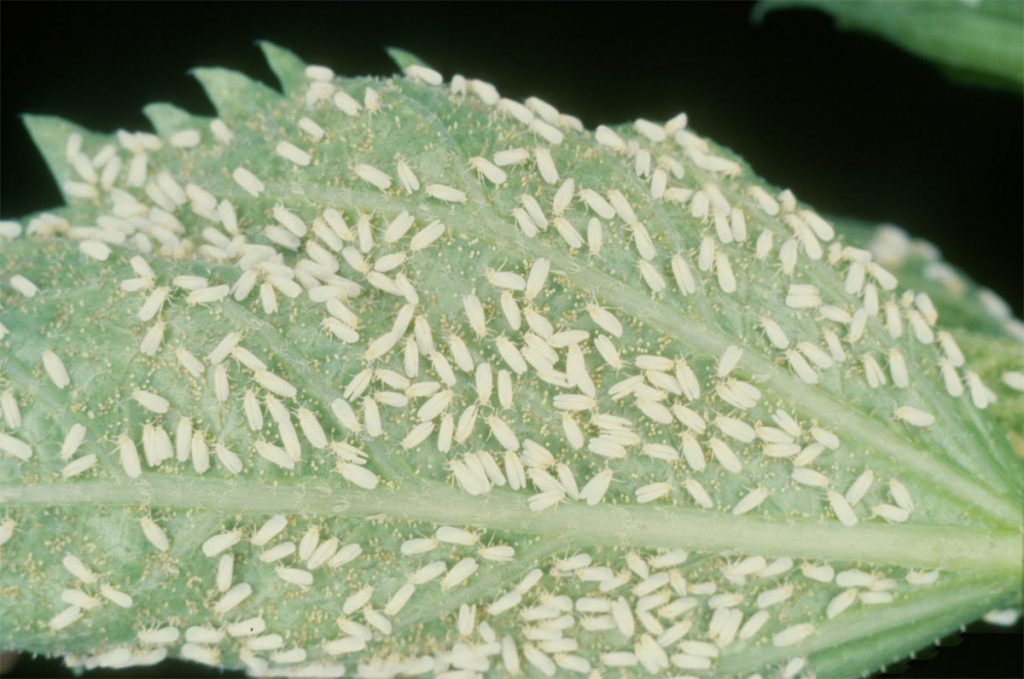Grapevine scales are insects very widespread in Southern Europe. In addition to the vine, they attack hazel, rose, peach, poplar, willow, acacia trees and roses.
Scientific name: Eulecanium corni, Pulvinaria vitis
Other name: European fruit lecanium scale
Greek name: Κοκκοειδή Αμπελιού
Damage
Stage 1 larvae settle on the leaves, where they suck the juices, produce abundant honeydew exudates, fouling the raceme and the whole plant. At the same time, they encourage secondary infestations by tobacco fungi. Progressively, the ratoon weakens.
Enemy
They have 1 generation per year. It invades either as an adult or as a developed larvae, in the bark of the vines and the branches of host plants. Adult females are mainly observed in May-June and lay eggs. The female of Pulvinaria vitis, during the egg laying period, secretes abundant white waxy filaments, forming a massive ovipositor, at the back of the abdomen. In contrast, Eulecanium corni does not produce an ovipositor. The larvae are observed until the end of October and then overwinter.
Treatment
Winter sprays treat the overwintering forms. Spraying with appropriate substances against young larvae in summer or earlier at peak hatching is also recommended.
Source
www.bayercropscience.gr
Grapevine scale
Grape Scale (Diaspidiotus uvae)
European Fruit Lecanium Scale
Tags: PLANTS ENEMY • VINEYARD





